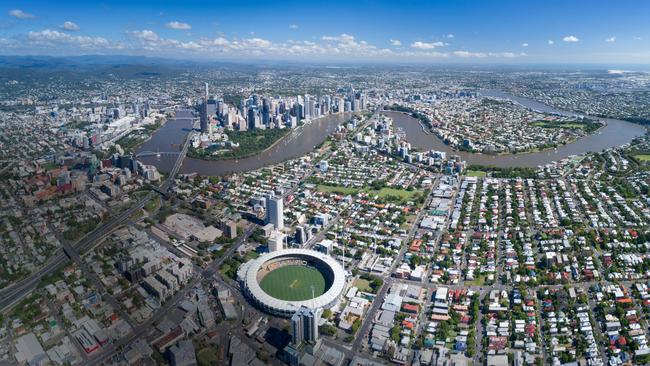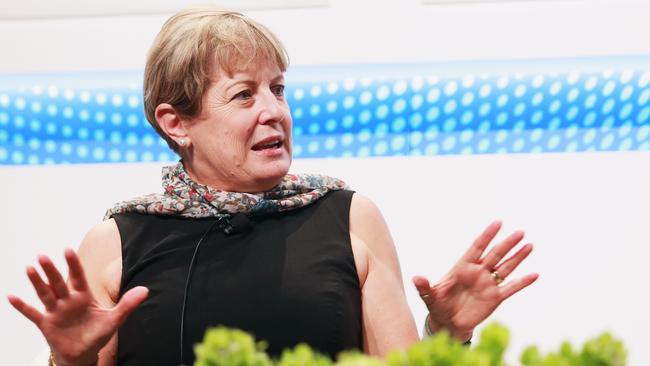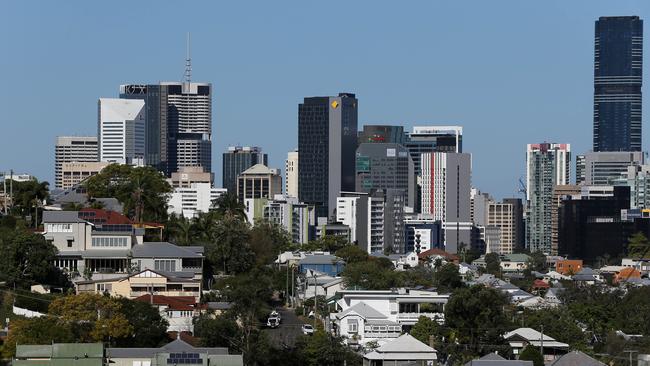Congestion will cost southeast Queensland $6b a year by 2031
A new report from Australia’s peak infrastructure body has painted a grim picture about congestion on southeast Queensland roads and called for immediate action to fix the gridlock.
QLD News
Don't miss out on the headlines from QLD News. Followed categories will be added to My News.
ROAD congestion will cost southeast Queensland more than $6 billion a year by 2031 with delays of more than 110,000 hours predicted on the state’s 10 busiest corridors.
A major Infrastructure Australia report, to be released today, finds infrastructure in Brisbane has failed to keep pace with rapid population growth and calls for a new wave of investment.
The 2019 Infrastructure Audit says that even with scheduled investments, Brisbane’s transport networks are forecast to become more congested with demand increasing roughly in line with the 30 per cent forecast population increase.
Brisbane City Council Budget 2019: Council in $2.6b black hole to fund infrastructure splurge
Major infrastructure projects set to transform Brisbane into a world-class destination
As population keeps growing, Brisbane needs to urgently plan infrastructure for the future
Brisbane news: Motorists still stuck in gridlock despite new infrastructure
A 21 per cent spike in road use across southeast Queensland by 2031 is tipped to cost the region $6 billion annually in congestion, up from $2.1 billion in 2016.
According to the report, the Beenleigh to city stretch of the Pacific Motorway alone will cause delays of more than 15,000 hours a year for motorists, making it the third worst in the country and costing the economy $257,000.

Daily delays per vehicle on the stretch are expected to jump from 27 minutes in 2016 to 53 minutes in 2031.
Across the state’s 10 worst roads, delays of 112,900 hours are predicted each year by 2013.
In Brisbane, home to the majority of the most congested roads, the blockages will reach $4.7 billion annually with a daily cost of $24.4 million.
The report finds Brisbane’s worst congestion hot spots will shift from inner eastern roads to those linking the city centre with growth areas to the southwest.
“Commuters on Brisbane’s roads can expect higher levels of traffic and longer delays and it will become more common for peak congestion to be encountered in both directions,” the report says.

Infrastructure Australia chairwoman Julieanne Alroe said despite a forward pipeline of more than $200 billion construction commitments around the country, governments needed to do much more to ease the pressures of growth, catalyse development and enable businesses to compete on a global stage.
“Changing and growing demand, and a mounting maintenance backlog is putting unprecedented pressure on the infrastructure services each and every Australian relies on,” she said.
“The current infrastructure program must do more than plug the immediate funding gap, but instead deliver long-term changes to the way we plan, fund and deliver infrastructure.”

Minister for Population, Cities and Urban Infrastructure Alan Tudge said there was no doubt that congestion was a major problem in capital cities and the Government had “massively invested” in congestion busting infrastructure.
“While the congestion modelling does not take into account our recent significant infrastructure and population measures, it does highlight the importance of continuing our congestion busting program,” he said.
Opposition infrastructure, transport and regional development spokeswoman Catherine King called for the Morrison Government to deliver a “real plan” for infrastructure to protect jobs, curb rising congestion and stimulate the economy.
MOST CONGESTED ROADS IN 2031
Ipswich Motorway to Indooroopilly via Centenary Highway: 26 minutes
Beenleigh to City via Pacific Motorway: 53 minutes
Loganholme to Mt Gravatt via Pacific Motorway: 23 minutes
Ipswich Motorway to Indooroopilly via Oxley Rd: 18 minutes
Moggill Rd to Inner City Bypass via Coronation Drive: 12 minutes


